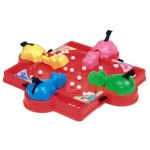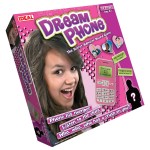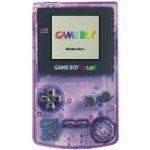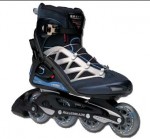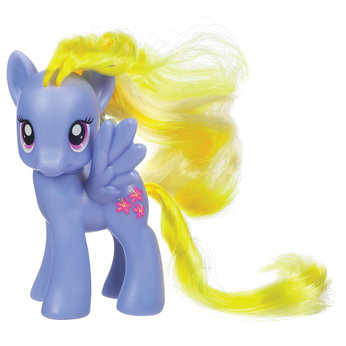Hungry Hungry Hippos was released in 1978 by MB Games. A game for 2 to 4 players where the aim of the game is to get their individual hippo that they are in control of to eat as many marbles as possible.

The hippos are controlled by a lever on their back and when the player pushes the lever the hippo opens the mouth and extends the neck to Gobble up the marbles. They are situated on each side of a game board and are all brightly coloured. The names and the colours of the hippos have changed over the years with the last changes being made in 2009, however the game play and rules have all stayed the same.
In 1991 an arcade version of the game was built with tickets given for the amount of marbles eaten. A live action version has been talked about by film studio Emmett/Furla.

